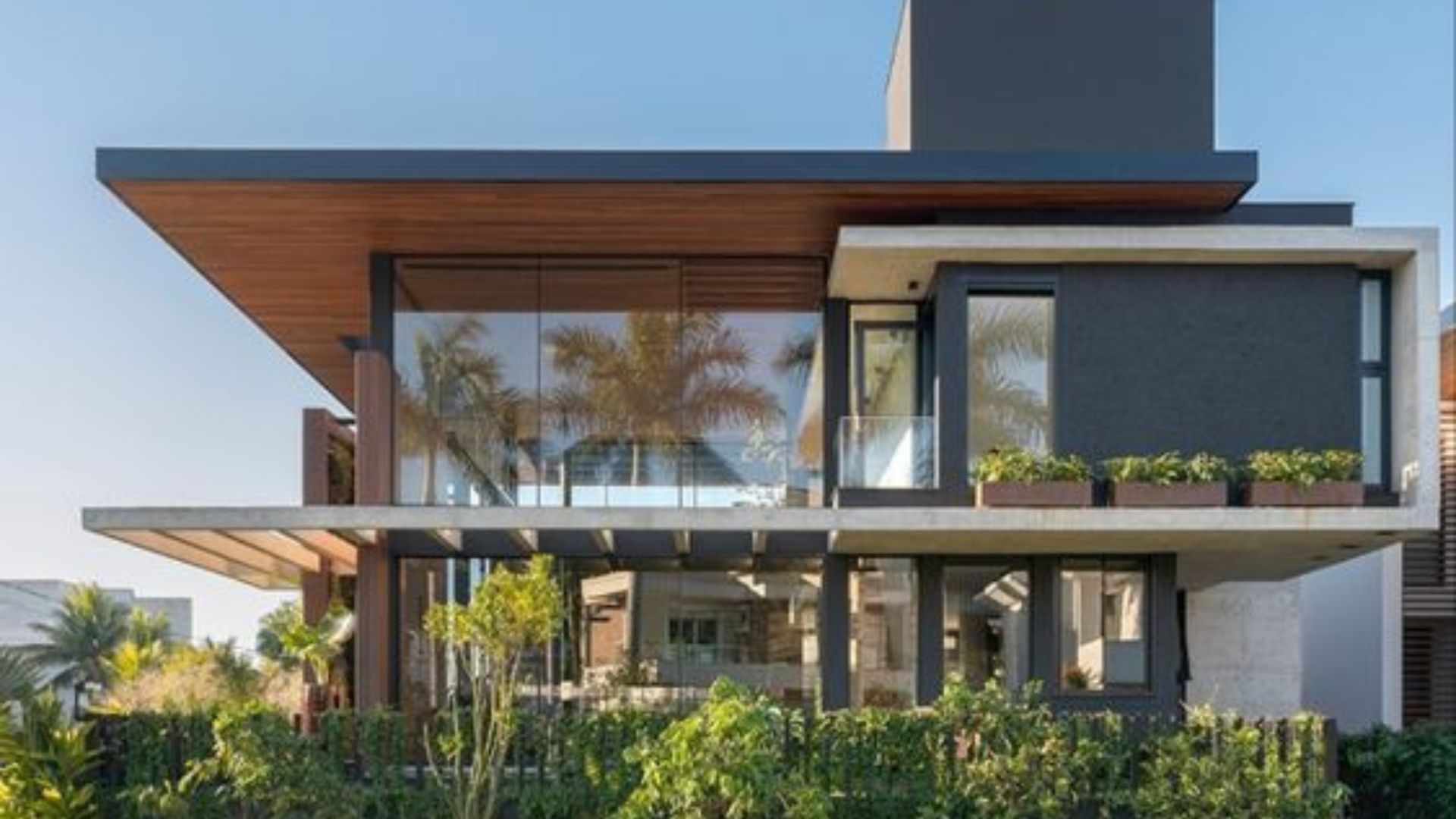Essential Sustainable Materials for Eco-Friendly Villas
Read latest blogs and articles from Housystan

The Information mentioned here was last updated on:
11/12/2025Essential Sustainable Materials for Eco-Friendly Villas
With an increasing awareness of the ecological impact of construction, using sustainable materials in villa building has become more critical than ever. Whether you're planning a new build or renovating an existing property, opting for eco-friendly options can significantly reduce your carbon footprint. Let's explore some essential sustainable materials that can transform your villa into an environmentally friendly haven.
Understanding Sustainable Building Materials
- Verified Tenants/Buyers
- Unlimited Property Listing
- Zero subscription/charges fee
Before diving into specific materials, it's crucial to understand what makes a building material sustainable. Here are some key features:
- Renewable: Materials that can be replenished naturally over time.
- Recycled or Recyclable: Use of materials that have been recycled or can be easily recycled at the end of their life cycle.
- Non-toxic: Materials that do not release harmful chemicals or pollutants.
- Energy-efficient: Materials that help in reducing energy consumption, often through improved insulation.
- Locally sourced: Using materials from local sources to reduce transportation emissions.
Sustainable Wood Options
Wood has long been a favorite material in villa construction due to its natural beauty and versatility. However, traditional logging practices can be highly detrimental to forests. Here's how to choose sustainable options:
FSC-Certified Wood
- Forest Stewardship Council (FSC) Certification: Ensures that the wood comes from responsibly managed forests that provide environmental, social, and economic benefits.
- Benefits: FSC-certified wood helps in maintaining biodiversity and reduces environmental impact.
Bamboo
- Rapid Growth: Bamboo is technically a grass, and it grows much faster than traditional wood, making it highly renewable.
- Versatile Uses: It's suitable for flooring, panels, and even structural beams.
- Durability: Bamboo is known for its strength and resilience, often outperforming hardwood in certain aspects.
Recycled and Recyclable Materials
Reusing existing materials not only saves resources but also reduces waste. Here are some options to consider:
Recycled Steel
- Strength and Durability: Steel is incredibly strong and a critical component in structural elements. Using recycled steel saves natural resources and diminishes the need for mining.
- Infinite Recyclability: Steel can be recycled indefinitely without loss of strength or quality.
Recycled Glass
- Applications: Used in countertops, tiles, and even insulation, recycled glass adds a beautiful aesthetic while saving on raw material production.
- Energetically Favorable: Producing new glass from recycled glass is more energy-efficient than creating new glass from raw materials.
Natural Insulation Materials
Proper insulation dramatically increases a building's energy efficiency. Here are some natural options:
Sheep’s Wool Insulation
- Natural and Non-toxic: Wool is a natural insulator that is safe for human health and doesn't off-gas harmful chemicals.
- Moisture Regulation: Wool absorbs moisture without losing its insulating properties, providing excellent humidity control.
Cellulose Insulation
- Recycled Content: Made from recycled paper, usually treated with non-toxic fire retardants.
- Energy Efficiency: Provides effective thermal insulation while being an affordable, eco-friendly choice.
Eco-Friendly Concrete Alternatives
Traditional concrete has a high carbon footprint. Fortunately, there are greener alternatives:
Green Concrete
- Reduced Cement Content: This version uses industrial waste like fly ash or slag in place of a significant portion of traditional cement.
- Durability: Maintains strength and longevity while being less harmful to the environment.
Hempcrete
- Composition: Made from the inner woody core of the hemp plant mixed with a lime binder.
- Breathability and Insulation: Offers excellent thermal and acoustic insulation while being lightweight and breathable.
Sustainable Roofing Materials
The right roof can vastly improve a villa's sustainability profile:
Solar Tiles
- Energy Production: These tiles generate solar energy while serving as a protective roofing material.
- Aesthetic Integration: Integrated design means they resemble traditional roofing materials, adding to visual appeal.
Cool Roofs
- Reflective Materials: Designed to reflect more sunlight and absorb less heat, reducing cooling costs.
- Material Choices: Options include reflective coatings or tile and metal roofing treated to reflect heat.
Sustainable Flooring Options
Choosing eco-friendly flooring can contribute immensely to a sustainable villa:
Cork
- Harvesting: Cork is harvested from the bark of cork oak trees, a process that doesn’t harm the tree, making it highly renewable.
- Comfort and Durability: Known for its cushioning effect and thermal insulation, cork flooring is a smart choice for comfort and sustainability.
Reclaimed Wood
- Repurposing: Sourced from old buildings and structures, giving the wood new life while preserving its charm.
- Environmental Impact: Saves trees and reduces waste, offering authentic character and history to any space.
Water-Efficient Fixtures
No sustainable villa is complete without fixtures that conserve water:
Low-Flow Faucets and Showerheads
- Reduced Water Consumption: These fixtures can significantly decrease water usage without compromising performance.
- Easy Installation: They can be installed in new builds or retrofitted to existing plumbing.
Dual-Flush Toilets
- Variable Flushing: Offers two flushing options, one for liquid waste and one for solid, reducing water usage per flush.
- Cost Savings: Results in long-term savings on water bills, making them both an environmentally and economically wise choice.
Conclusion
Embracing sustainable materials for your eco-friendly villa is an impactful step toward reducing ecological damage while building comfortable, healthy living spaces. By opting for recycled, renewable, and energy-efficient materials, you not only benefit the environment but also enhance the longevity and appeal of your home. From FSC-certified wood and recycled steel to solar tiles and water-efficient fixtures, the range of options available allows for a beautiful, modern living space that aligns with sustainable living principles.